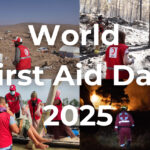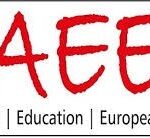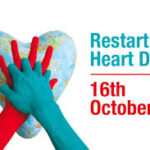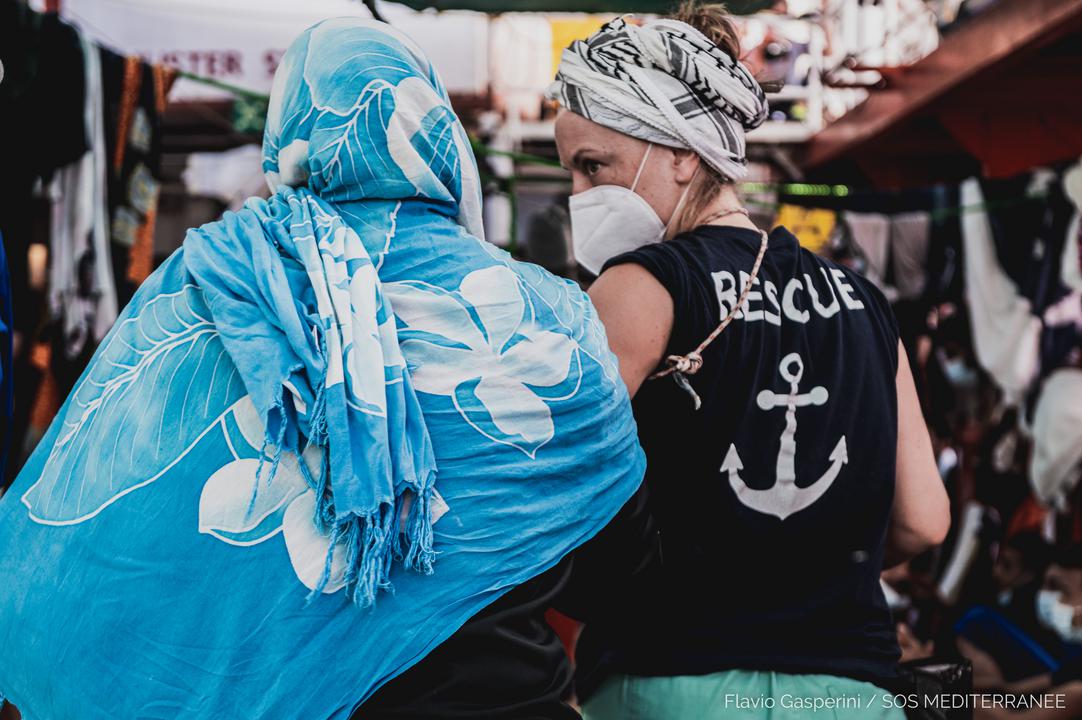Migrations can happen in any part of the world, regardless of the origin, religion and ethnicity of the people. According to the United Nations, the global number of migrations per year has reached 272 million of people in 2019. This substantial number shows an increase of 50 million migrations per year since 2010 and a phenomenon that tends to develop itself.
Migrations are intentional and sometimes unintentional. The United Nations High Commissioner for Refugees (UNHCR) reports 79.5 million forcibly displaced people at the end of 2019. It can be either to join family members, to have a better quality of life or to flee conflict, discrimination and for political reasons. Climate change plays now also an important role in those migrations. Everyone can face such challenge.
Such large-scale movements brings with it many difficulties for both sending and receiving countries, as well as during the often-perilous journeys. The process to settle down in a foreign country are long and complicated and the access to health and care might be difficult, especially for people on the move.
These changes are global which is why the International Federation of Red Cross and Red Crescent Societies (IFRC) recently launched online modules that share information and piece of advice regarding the health and care for migrants.
The essential elements are gathered in an e-technical reference guide for Red Cross and Red Crescent National Societies in order to help them create safe, culturally competent and prioritized healthcare.
The Global First Aid Reference Centre values those initiatives that put the light on situations in which first aid and trainings are once again essentials to save lives, no matter how unusual the context is. We are proud to have contributed to that guidance which include the essential first aid for migrants that can be taught by Red Cross and Red Crescent personnel.
It can be found on the IFRC learning platform here.
During those 4 hours of online courses available in English, you will follow nine chapters covering the healthcare domains based on the recommendation of international organization such as the World Health Organization and public health institutions:
- Chapter 1: Essentials of care and practice for migrants’ health
- Chapter 2: Practice guidance for non-communicable disease
- Chapter 3: Practice guidance for communicable disease
- Chapter 4: Water, sanitation and hygiene (WASH)
- Chapter 5: Practice guidance for sexual and reproductive health
- Chapter 6: Practice guidelines for mental health and psychosocial support
- Chapter 7: Practice guidelines for promoting migrant children’s health and wellbeing
- Chapter 8: Practice guidance for older adult health
- Chapter 9: First Aid
You can also start by doing the online course on the “things you should know about health and migration” available here.
First aid can be taught even without speaking the language of people and be a mean of inclusion. Do not hesitate to share your experience with us!

World First Aid Day 2025
September 13
First Aid Education European Network
September 17 - September 20
World Restart a Heart Day
October 16

